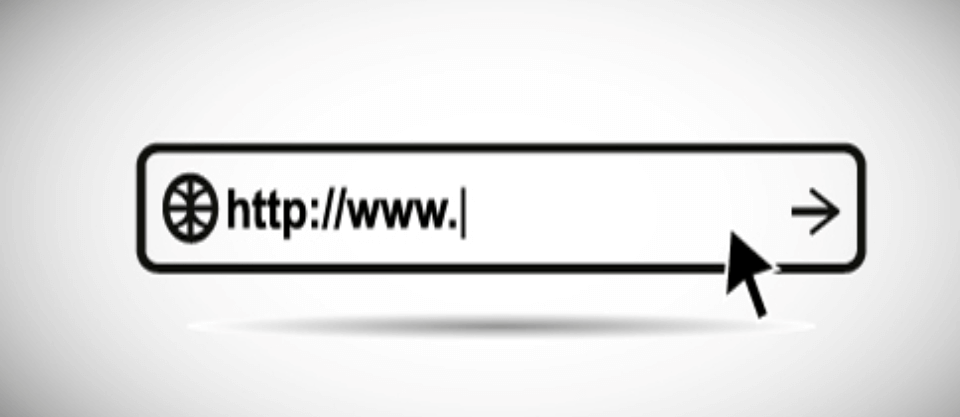
What You Need To Know About URLs For SEO
The Uniform Resource Locator, or URL, is one of the oldest artifices of web design. They go all the way back to 1992 and the invention of the original World Wide Web. The URL is a venerable part of web development, and it’s one that has a particular importance to the field of SEO. Because the URL is one of the main ways (other than using a direct IP address) to access a website, websites that are making a concerted effort to be noticed (in the ways that websites employing SEO practices want to) need to make sure that they’re formatting their URLs in a way that is optimized.
In this article, we’ll cover a number of different topics relating to URLs and how they relate to SEO. Learn about topics from how they should be written, to how they can be used to actually boost your SEO.

Single domain
This point is kind of in contention. Although best practices suggest that you should only ever use a single domain name to consolidate the references to it, there are plenty of examples of times when other formats have worked; such as using a domain and a subdomain name. There are tons of heuristics engines out there that can judge what kind of format is better for you.
Easy reading
As always, accessibility is the key to SEO. Users have to know exactly where they’re going and they have to want to go there. Something you can do to improve that is to make your URLs easier to understand and in plain English. URLs with a ton of random characters, or that don’t state clearly what the page they lead to is about, can hurt your SEO. They can make users suspicious of your content, too.
Keywords (use but don’t overuse)
Keywords and SEO are irrevocably linked. This remains true in URLs, which can benefit from targeted keywords inside their address line. Using the URL as an anchor, you can use specific keywords to do the standard kind of keyword SEO marketing that’s common in a lot of content out there. It’s important to note, however, that just like normal keywords, you don’t want to overuse them.
Canonicalize duplicate URLs
It’s a fairly common situation where you might end up with two URLs that basically link to the same content. In this situation, you can go ahead and canonicalize them, which uses a 301 redirect. You might be worried about incurring penalties from search engines for duplicating content, but as long as you can split the signals from the two pages and make them distinct enough, they’ll be fine.
Minimize URL parameters
Dynamic parameters are whenever there are multiple search requests in a single URL. A lot of people suggest that eliminating these is a good SEO practice. For one, they look very ugly because they’re messy and hard to read. This goes against the point we talked about earlier with making your URLs legible. Although they can be useful, you’ll want to make sure you really need to use them before committing to a long and ungainly URL.
Shorter is better
On that topic, shorter URLs are generally preferable to very long ones. Not only are they more readable, they’re easier to copy, paste, and generally just look at. User experience remains an important part of SEO, and managing the length of URLs can really help you accomplish that.
Use titles
This is another user experience topic, and it relates to what we just talked about. When users click a link to, for example, an article on the 8 best breeds of dog, the URL for that page should match – at least in some way – the title of the article. Obviously, the URL and the title don’t need to match exactly, but the closer they are, the better. This is especially important if the URL gets shared on a social media site. Other users should be able to tell, at a glance, what the page is about and whether they might want to click on it.
Leave out the punctuation
URLs are very precise locators, and they can easily get thrown off if even one character is incorrect. Punctuation, unfortunately, is often not supported by URL services, which means that trying to use it in a URL can cause a lot of problems. These can be circumvented, of course, but it’s better to just use the accepted characters; which are alphanumeric characters and the special characters available on most keyboards.
Minimize redirects
Redirects are really a fact of life in web development, and using them is okay. It is important, however, to keep redirects to two jumps or fewer. Any more, and you run the risk of users with slow connects getting left behind.
Minimize folders
Folders is a different way of talking about the slashes in a URL. (For example: bestdogs.com/breeds/pomeranian). They’re useful for organizational purposes, but they can get messy, and you definitely can have too many of them. Try to consolidate your folders in general categories that more things can fit inside to avoid folder bloat.
Be aware of case sensitivity
Once again, precision is the key in URLs. Capitalization can mess up users running Linux/UNIX, so you’ll definitely want to keep your capitalization in check. There are, of course, ways that accidentally capitalized words can be reconfigured to direct to the correct site, but you can’t trust these to always work.
Hopefully, these topics will help you structure your URLs into cleaner, better, and more SEO-friendly formats that will boost your site traffic and stand out as good examples of great web design!
Looking to sharpen your digital marketing skills? Join our top-rated professional diploma in digital marketing today!




